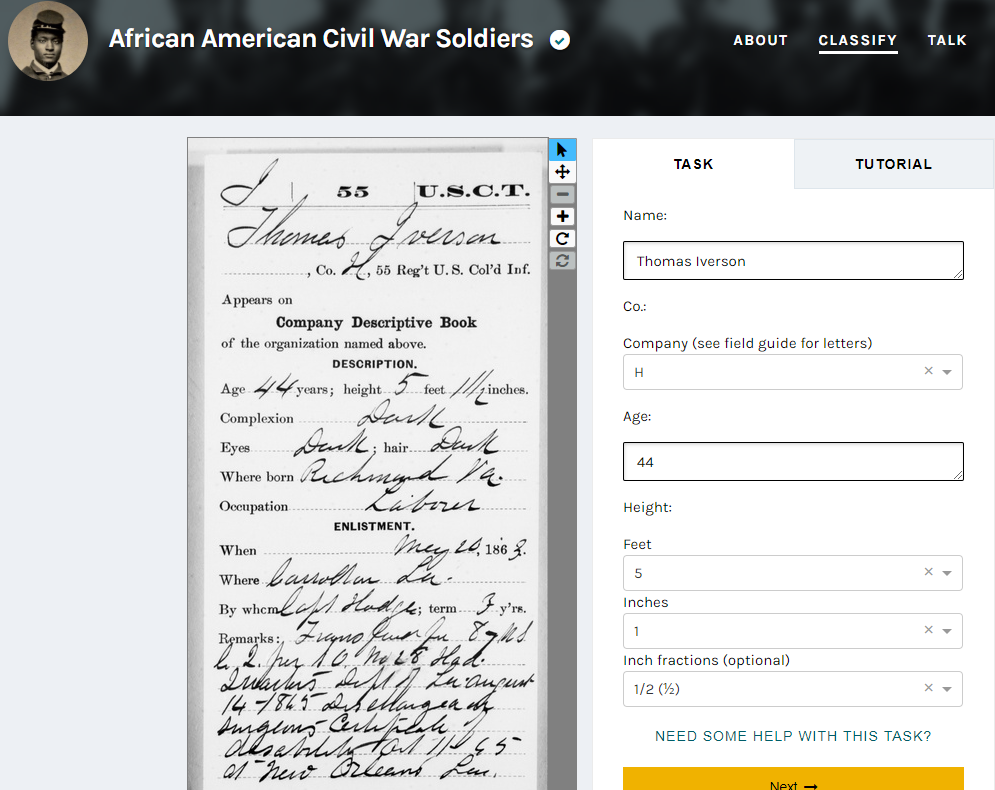
The Discover Your Past Genealogy Club's June meeting focused on the important topic of document transcription. Contemporary libraries, archives and museums use crowd-sourced transcription platforms to achieve collection access, preservation and user engagement. Collections of original manuscripts and other historic documents that were previously inaccessible to researchers are being digitized and published online at such a high rate that archivists, librarians and museum educators have turned to digital volunteers to render these important collections searchable, readable and accessible through crowd-sourced transciption.
What is transcription?
Transcription is the process of copying all of the information from an original record, or the result of that copying. The result can be handwritten or typed, as long as it includes the same information as the original. A good transcription will include the same punctuation and even the same mistakes as the original record. Transcription is not intended to replace original documents or artifacts. Ideally transcribed manuscripts exist side by side with the digital images of original sources.
Characteristics of high quality transcriptions
- Do not correct for grammar, spelling, etc.
- Follow the order and layout of the original content
- Indicate illegibility or document damage (page rips, coffee stains) in brackets or according to the style guide of the sponsoring collection
- Focus on both the process and the product
Some of the most biggest crowd-sourced transcription projects are happening at libraries, museums and archives with a global reach, but it's definitely the case that smaller collections are actively seeking digital volunteers. Here is a short list of popular citizen archivist platforms/projects but there are hundreds more going on today thanks to improved technology and the public's demand for access to archival collections. Each project has its own user-interface, work flow, volunteer training materials and style guide.
- Smithsonian Transcription Center
- National Archives
- DIY History at the University of Iowa
- Boston Public Library – Abolitionist Papers Project
- New York Public Library Labs
- Zooniverse – platform for people powered research
- Library of Congress Flickr
Why should genealogists get involved?
Many collections being transcribed are family history resources. Letters, diaries, logbooks, military records and photographs are held in repositories like the National Archives, the Smithsonian and the Library of Congress. Working closely with materials to reproduce and describe content builds critical thinking and information literacy skills and advances genealogy beyond plugging in names on a chart. Understanding the life experiences and material culture, (typesetting, ink pens, marginalia, etc.) of any time period facilitates historical analysis. Even if the historical materials you are transcribing are not specifically helping you fill in your pedigree chart, genealogists benefit from connecting to communities of other researchers and archivists. Family history researchers and other citizen archivists benefit from contributing to the access and outreach missions of libraries, archives and museums.
For a short introduction about participating in the National Archives Citizen Archivist program, we recommend this video: How to Tag and Transcribe Records in the National Archives Catalog.

